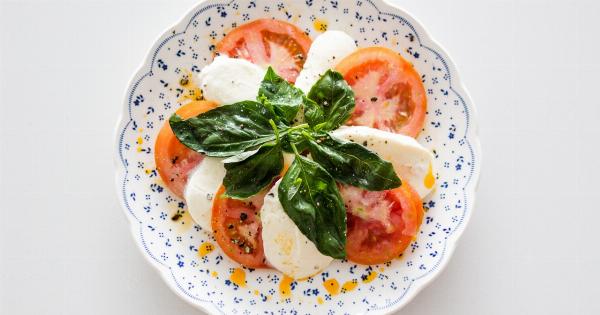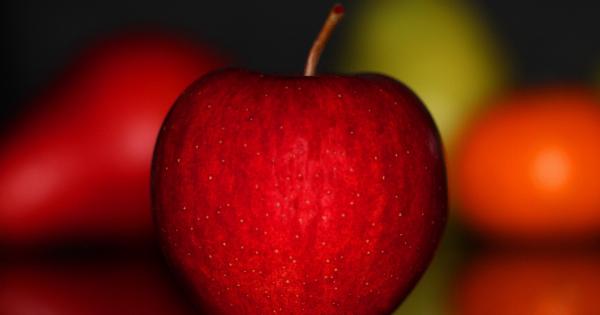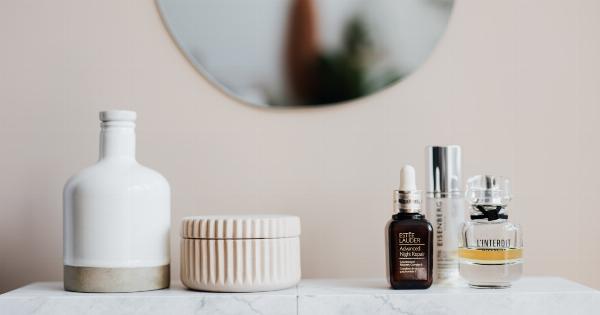Our nails may seem like just an aesthetic feature, but they hold more secrets than meets the eye. From representing our overall health to revealing potential underlying conditions, our nails deserve more attention than we typically give them.
Read on to discover some surprising secrets about your nails that you probably didn’t know.
1. Nails Are Made of Keratin
Did you know that our nails are made up of the same protein as our hair? Keratin is a critical structural component that provides strength and resilience to our nails.
Taking care of your nails means nourishing them with nutrients that support keratin production, such as biotin, zinc, and vitamins A and C.
2. Healthy Nails Should Have a Pinkish Hue
A healthy nail should have a slightly pink tone due to the blood vessels present underneath. Pale or yellow nails might indicate anemia, while blueish nails may be a sign of poor circulation.
If you notice a drastic change in the color of your nails, it’s best to consult a healthcare professional.
3. Nails Grow Faster in Warmer Climates
While it may not seem obvious, the temperature can affect the rate at which our nails grow. Nails tend to grow faster in warmer climates, which means you might need to trim and maintain them more frequently if you live in a tropical or hot region.
4. Nail Biting Can Lead to Infections
Many people have the habit of nail biting, whether they do it consciously or unconsciously. However, it’s essential to break this habit as it can lead to nail infections.
Biting your nails increases the likelihood of transferring bacteria from your fingers to your mouth, making you more susceptible to various infections.
5. Nail Ridges Could Indicate Nutritional Deficiencies
Vertical ridges on your nails could indicate a lack of essential nutrients, such as iron or vitamin B12.
If you notice consistent ridges on multiple nails, it might be wise to evaluate your diet and consider incorporating more nutrient-rich foods or supplements.
6. Fungal Infections Are Common Nail Problems
Fungal infections of the nails, known as onychomycosis, are prevalent and can cause discoloration, thickening, and crumbling.
These infections are often challenging to treat and can be caused by factors like public showers, communal nail salons, and prolonged exposure to moisture. Proper foot and nail hygiene, along with regular trimming, may help prevent such infections.
7. White Spots on Nails Are Usually Harmless
You may have noticed small white spots or dots on your nails at some point. Contrary to popular belief, these spots, known as leukonychia, are usually harmless and often caused by minor injuries or trauma to the nails.
They tend to disappear as the nails grow out.
8. Changes in Nail Shape Can Indicate Health Issues
If you notice sudden changes in the shape or texture of your nails, it could be a sign of an underlying health issue. Clubbing, where the nails become rounded and curved, could indicate respiratory or cardiovascular problems.
Spoon-shaped nails may indicate iron deficiency anemia. Any significant and persistent changes in nail shape should be brought to the attention of a healthcare professional.
9. Nails Can Reflect Chronic Conditions
Various chronic conditions can manifest in distinct nail abnormalities. For example, nails that appear pitted or have an orange tint may be a sign of psoriasis. Yellowish and thickened nails could be associated with lung diseases like bronchiectasis.
Paying attention to these changes can help identify potential health concerns and guide you to seek appropriate medical care.
10. Your Nails Protect Your Fingertips
Lastly, one of the primary purposes of nails is to protect the delicate fingertips from injuries. Our fingertips contain numerous nerve endings, and having nails acts as a shield, preventing direct contact and reducing sensitivity to touch.






























